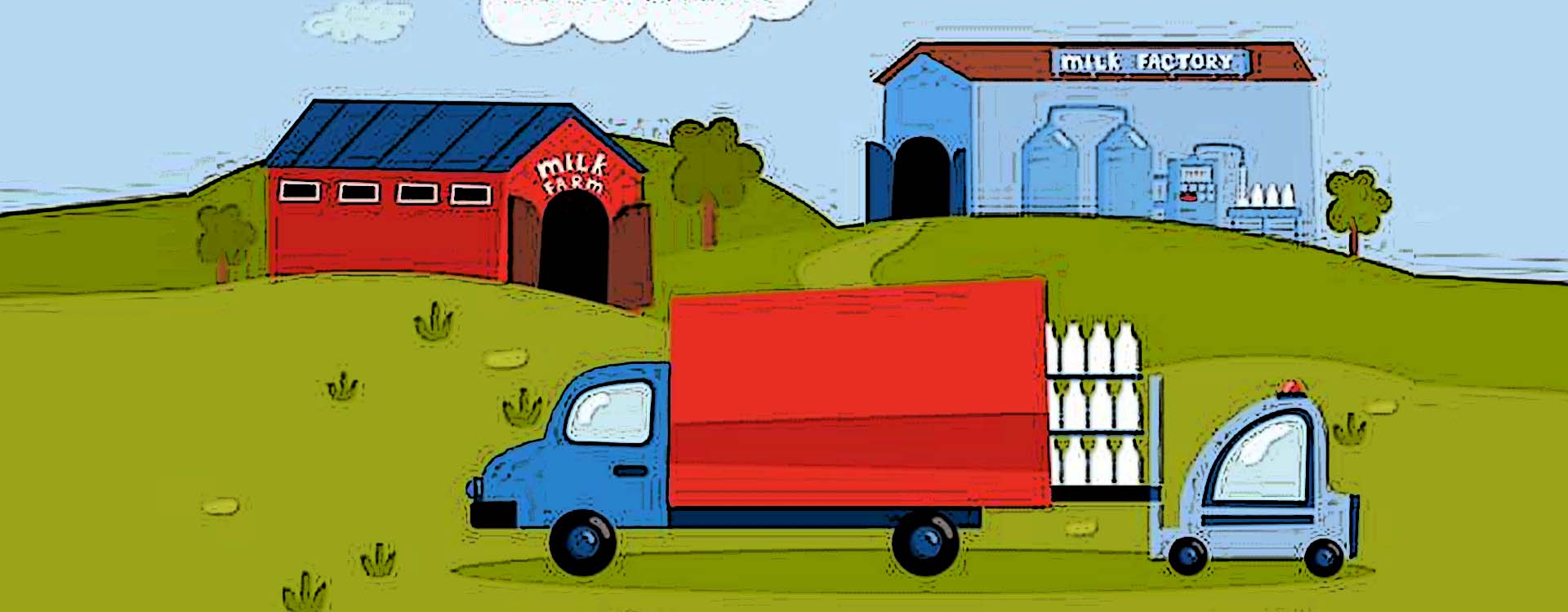Rules and Regulations for Milk and Milk Products
The Food Safety and Standards Authority of India (FSSAI) has specific standards for branded and loosely packed milk in India. The nutrition profile of the milk product must adhere to the minimum percentages set by FSSAI for various compositions like Fat, Solid-Not-Fats (SNF), Proteins and Added Water. The percentages vary according to the following classes of milk and their designations. FSSAI’s milk standards vary from state to state.
Milk Classes
- Cow/Buffalo/Goat/Sheep/Camel/Mixed Milk
- Standardised/Recombined/Toned/Double Toned/Skimmed/Full Cream Milk
Milk Designations
- Raw
- Pasteurised
- Boiled
- Flavoured
- Sterilised
Start-ups need to obtain the following licences and registrations before becoming operational:
- Dairy Farm Licence
- Trade Licence
- Shed Licence
- FSSAI Licence
- Registering as a company and Registration with the Registrar of Companies (ROC)
Who is Regulating Dairy in India?
Since dairy products and milk come under ‘food commodities’, they are regulated by the quality standards set by BIS (Bureau of Indian Standards) under the BIS Act of 2016. Also, the FSSAI under the Food Safety and Standards Act of 2006 is responsible for keeping a check on businesses and is tasked with enforcing compliance of government regulations. Both these regulatory bodies work together to standardize the dairy industry.
The Prevention of Food Adulteration
Dairy products, especially liquid milk, are notoriously susceptible to adulteration. The most common adulterants in the Dairy supply chain include Melamine, Vegetable Oil, Maltodextrin, Detergent, Urea, Starch, Sugar, Salt, etc. The FSSAI Act of 2006 along with the Prevention of Food Adulteration Rules 1955 has set permissible levels of adulterants like ‘Urea’ which in some cases are naturally found in fresh milk. As per the regulations, urea in milk cannot exceed a limit of 70 mg per 100 ml.
Largest global milk producer – India and its tryst with milk
Among Indian agri-businesses, the dairy business is the biggest contributor to the economy with close to 4% share. India is the biggest global milk producer. Going back to the history of the private sector in India’s dairy industry, it was officially launched in the year 1970 through the ‘Operation Flood’ programme. This operation single-handedly took India from being a milk deficient country to being the world’s largest producer of milk, easily surpassing the United States.
The Indian dairy industry is exceptionally strong and wealthy. The current global milk production stands at 906 Million Tonnes and 22% of this is contributed by India. India overshoots the global average availability of milk per person per day by more than 100 grams.
‘‘
Since dairy products and milk come under ‘food commodities’, they are regulated by the quality standards set by BIS (Bureau of Indian Standards) under the BIS Act of 2016.
What’s in it for me?
Dairy tech start-ups are increasing in India and there is high scope for technology-based solutions in the Indian dairy scenario. Due to widespread adulteration, the demand for organic, chemical-free milk and dairy products has risen. Invest in dairy technologies like milk analysis and quality assessment solutions.
Provide subscription-based milk delivery services for an exclusive clientele since the demand is high during lockdowns. By being compliant with the quality standards, come up with a solution to tackle the adulteration problem in the dairy industry. There are niche markets to tap into in the Dairy Industry due to increased consumer awareness in India. Invest in clean, healthy cattle management tools, milking technologies and high-quality branding and packaging to attract niche consumers.




